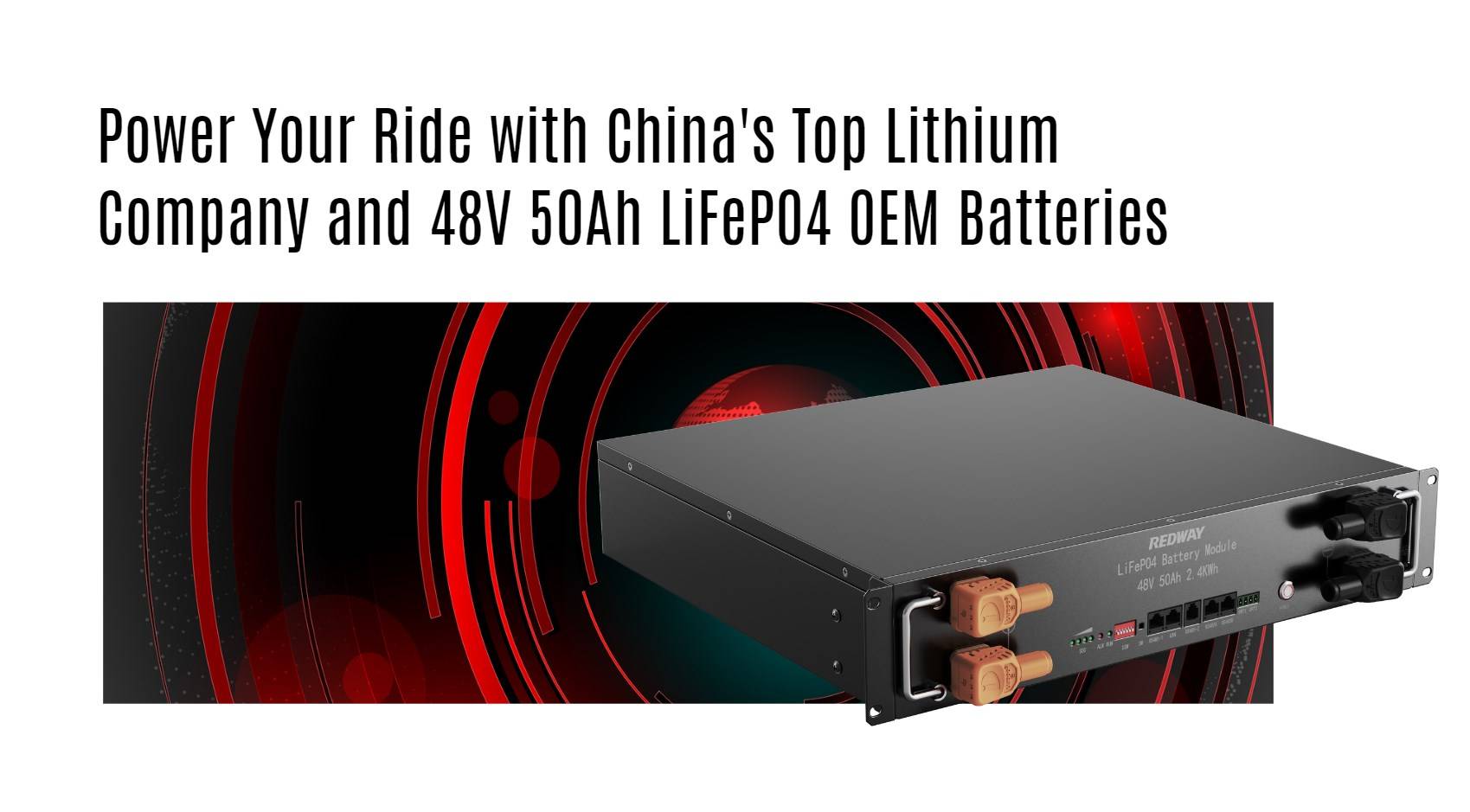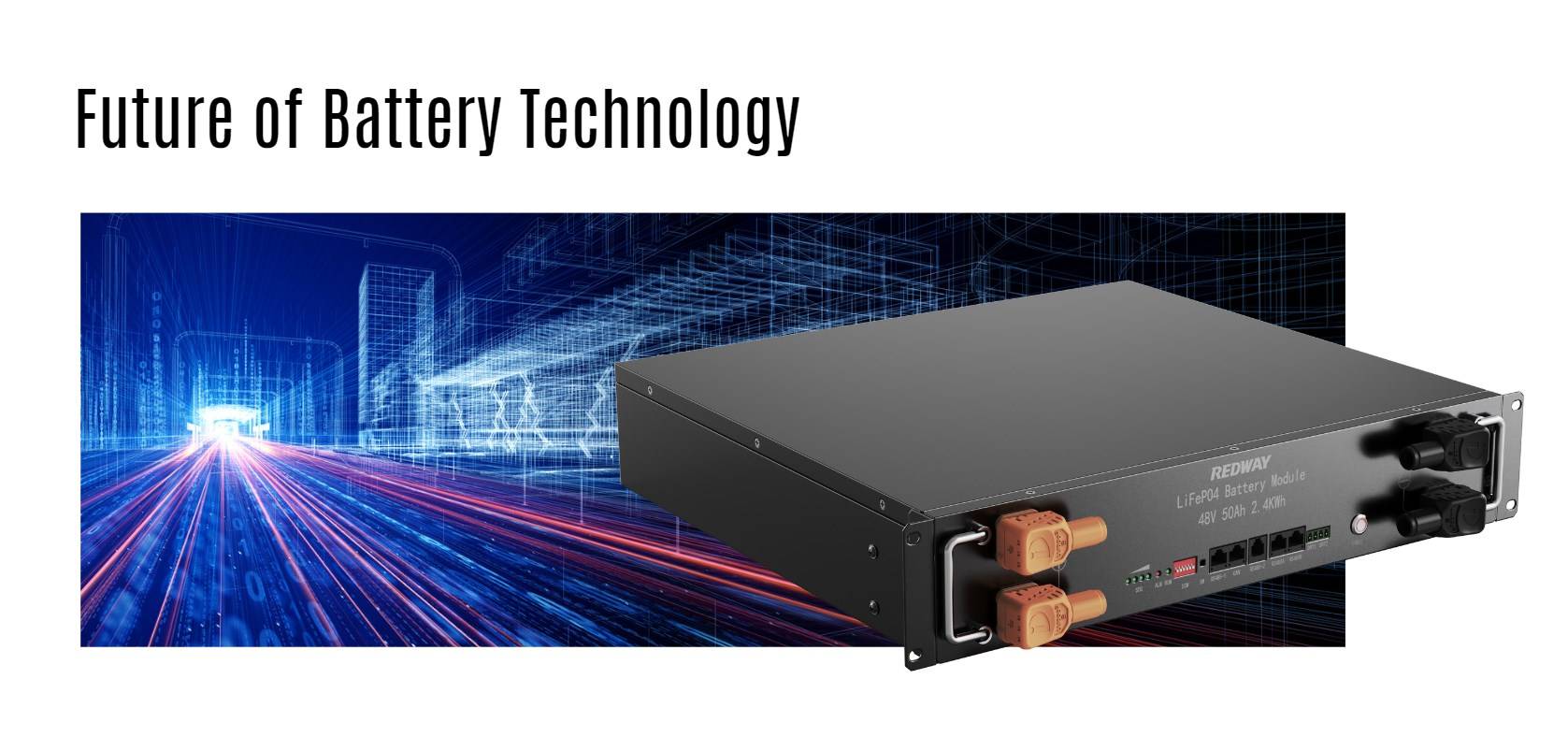China is home to several leading lithium battery manufacturers, including those specializing in lithium iron phosphate (LiFePO4) batteries, which are essential for electric vehicles and energy storage solutions. This article explores top manufacturers and how they can power your ride with reliable 48V 50Ah LiFePO4 OEM batteries.
What Are the Top Lithium Battery Manufacturers in China?
Some of the top lithium battery manufacturers in China include:
- Contemporary Amperex Technology Co., Limited (CATL)
- BYD Company Ltd.
- Gotion High-Tech Co., Ltd.
- EVE Energy Co., Ltd.
- Tianjin Lishen Battery Joint-Stock Co., Ltd.
These companies are known for their high-quality products and significant contributions to the global battery market.Chart: Top Lithium Battery Manufacturers
| Manufacturer | Established Year | Key Products |
|---|---|---|
| CATL | 2011 | EV batteries, energy storage systems |
| BYD | 1995 | EV batteries, solar products |
| Gotion | 2006 | EV batteries, energy storage |
| EVE Energy | 2001 | LFP cells, EV batteries |
| Lishen | 1997 | Various lithium-ion batteries |
What Are the Leading LiFePO4 Battery Manufacturers in China?
The leading manufacturers of LiFePO4 batteries include:
- Gotion High-Tech
- EVE Energy
- SVOLT Energy Technology
- Great Power
- Lishen Battery
These companies focus on producing high-performance LiFePO4 batteries suitable for various applications, including electric vehicles.Chart: Leading LiFePO4 Battery Manufacturers
| Manufacturer | Key Products | Market Share |
|---|---|---|
| Gotion | LFP batteries for EVs | 5.2% |
| EVE Energy | High-capacity LFP cells | 6% |
| SVOLT | LFP batteries for energy storage | 3% |
| Great Power | LFP batteries for commercial use | 2% |
| Lishen | Various lithium-ion battery types | 1.3% |
How Do These Manufacturers Contribute to the Electric Vehicle Market?
These manufacturers play a crucial role in the electric vehicle market by providing high-quality, reliable battery solutions that enhance vehicle performance and safety. Their innovations lead to longer-lasting, more efficient batteries that help reduce the overall cost of electric vehicles.
How Do LiFePO4 Batteries Compare to Other Lithium-Ion Options?
LiFePO4 batteries offer several advantages over other lithium-ion options:
- Safety: They have a lower risk of thermal runaway.
- Longevity: Typically provide over 3000 cycles, making them ideal for long-term use.
- Cost: Generally less expensive than NCA or NMC batteries.
However, they have a lower energy density compared to some other lithium-ion chemistries.
What Applications Are Best Suited for LiFePO4 Batteries?
LiFePO4 batteries are versatile and can be used in various applications:
- Electric Vehicles: Ideal for powering cars, bikes, and scooters.
- Energy Storage Systems: Used in solar power systems and backup power supplies.
- Portable Devices: Suitable for tools and equipment requiring reliable power.
What Are the Key Features of Leading LiFePO4 Battery Manufacturers?
Leading manufacturers of LiFePO4 batteries focus on several key features:
- High Cycle Life: Ensures long-term reliability.
- Safety Certifications: Compliance with international safety standards.
- Custom Solutions: Ability to provide tailored battery packs based on client needs.
Tips for Battery Wholesale Buyers
When considering wholesale purchases:
- Research Reputable Manufacturers: Choose suppliers known for quality products and reliable service.
- Evaluate Safety Standards: Ensure compliance with international safety regulations.
- Consider OEM Options: Collaborate with manufacturers like Redway Battery, recognized for their tailored solutions.
Established in 2012, Redway Battery specializes in lithium battery manufacturing with a focus on quality and innovation. They offer customized solutions suitable for various applications, including electric vehicles and energy storage systems.
Redway Battery Expert Insight
“At Redway Battery, we prioritize innovation and quality in our lithium battery solutions. Our commitment ensures that our products not only perform exceptionally but also provide long-lasting reliability.”This insight reflects Redway’s dedication to providing reliable energy solutions while addressing environmental concerns through cutting-edge technology.
FAQ Section
- What are the benefits of using LiFePO4 batteries?
LiFePO4 batteries offer enhanced safety, longer lifespan, stable performance across temperatures, and cost efficiency compared to other lithium-ion options. - Which manufacturers are leading in the production of LiFePO4 batteries?
Leading manufacturers include Gotion High-Tech, EVE Energy, SVOLT, Great Power, and Lishen Battery. - What applications can benefit from LiFePO4 batteries?
These batteries are ideal for electric vehicles, energy storage systems, and portable devices requiring reliable power.




